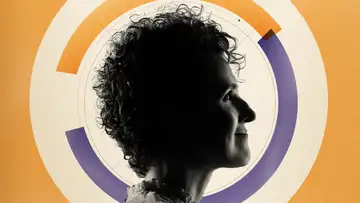Ripple Effect of West Virginia Teacher StrikeTop of Mind with Julie Rose • Season 1, Episode 766, Segment 2
Mar 12, 2018 • 13m
Guest: Paul Reville, Francis Keppel Professor, Harvard University Graduate School of Education
After teachers in West Virginia went on strike for nine consecutive days, they succeeded in getting a five percent pay increase signed into law last week. Now teachers in Oklahoma, Arizona and Kentucky appear eager to catch the same wave. Union leaders in Oklahoma have even set a date to walk out in early April, if a pay increase isn’t approved by then.
